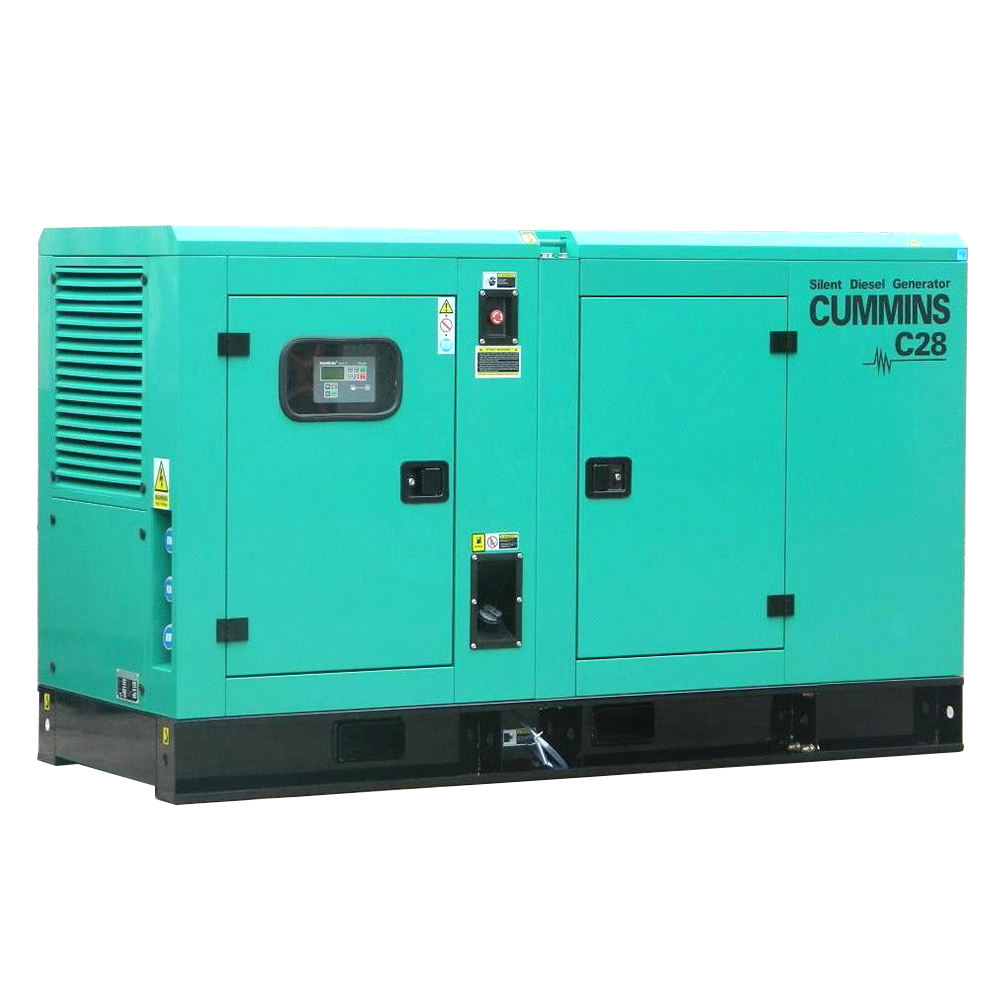The Importance of Voltage Regulation in Generator Sets
When it comes to power generation, maintaining a stable voltage is absolutely necessary. In my experience, voltage fluctuations can lead to equipment damage, inefficiencies, and even safety hazards. That's where generator set voltage regulation systems come into play. Frankly speaking, these systems are the unsung heroes that ensure our generator sets deliver reliable and consistent power.
How Voltage Regulation Works
Voltage regulation in generator sets is primarily handled by the automatic voltage regulator (AVR) and the excitation system. The AVR is responsible for monitoring and controlling the output voltage, while the excitation system generates the magnetic field required for voltage induction. Interestingly enough, the excitation system's output is directly proportional to the magnetic field's strength, which in turn affects the generator's output voltage.
Types of Automatic Voltage Regulators (AVRs)
There are three main types of AVRs used in generator sets: electromechanical, static, and digital. Electromechanical AVRs use a motor and relay system to control voltage, while static AVRs use power electronic components. Digital AVRs, on the other hand, are the most advanced and use microprocessors for precise voltage control. Each type has its advantages and disadvantages, so it's important to choose the right one for your specific power generation needs.
Electromechanical AVRs
Static AVRs
- Faster response time than electromechanical AVRs
- More accurate voltage control
- Lower maintenance requirements
- More susceptible to electrical noise
Digital AVRs
- Highest accuracy and fastest response time
- Advanced features such as remote monitoring and control
- Greater flexibility in system configuration
- Higher cost compared to electromechanical and static AVRs
The Role of Excitation Systems
The excitation system is an extremely important component of the voltage regulation system. It generates the magnetic field necessary for voltage induction in the generator. There are two main types of excitation systems: DC excitation and AC excitation. DC excitation systems use a separate DC power source, while AC excitation systems derive their power from the generator's own output. Each type has its advantages and disadvantages, so it's important to choose the right one for your specific power generation needs.
DC Excitation Systems
- Simplicity and reliability
- Fast response time
- Low maintenance requirements
- Limited accuracy compared to AC excitation systems
AC Excitation Systems
- High accuracy and stability
- Ability to handle large load changes
- Greater complexity compared to DC excitation systems
- Higher maintenance requirements
Conclusion
In conclusion, understanding generator set voltage regulation systems is crucial for anyone involved in power generation. By knowing the basics of AVRs, excitation systems, and types of voltage regulators, you can ensure that your generator set delivers reliable and consistent power. So, the next time you're working with a generator set, take a moment to appreciate the hard work being done by its voltage regulation system.





